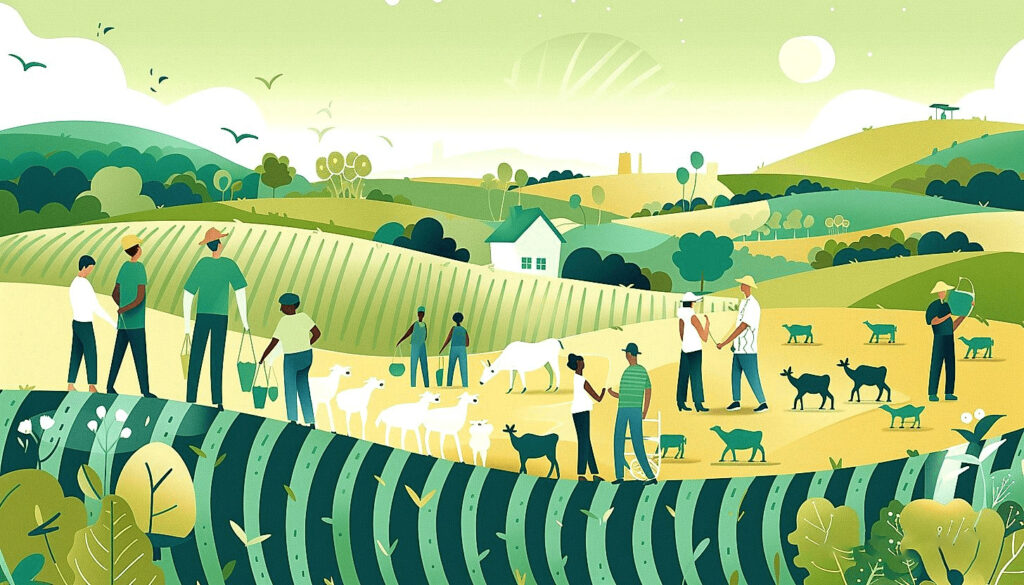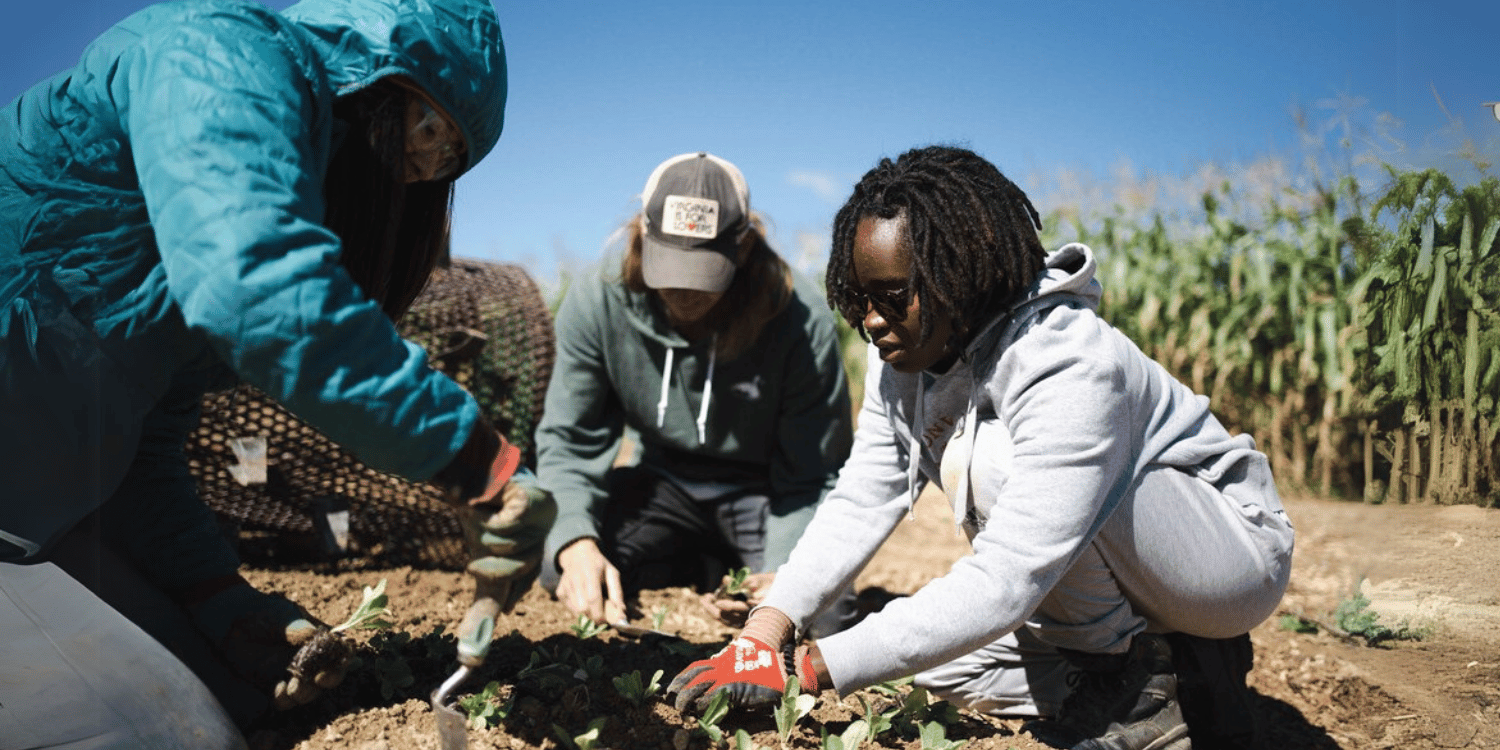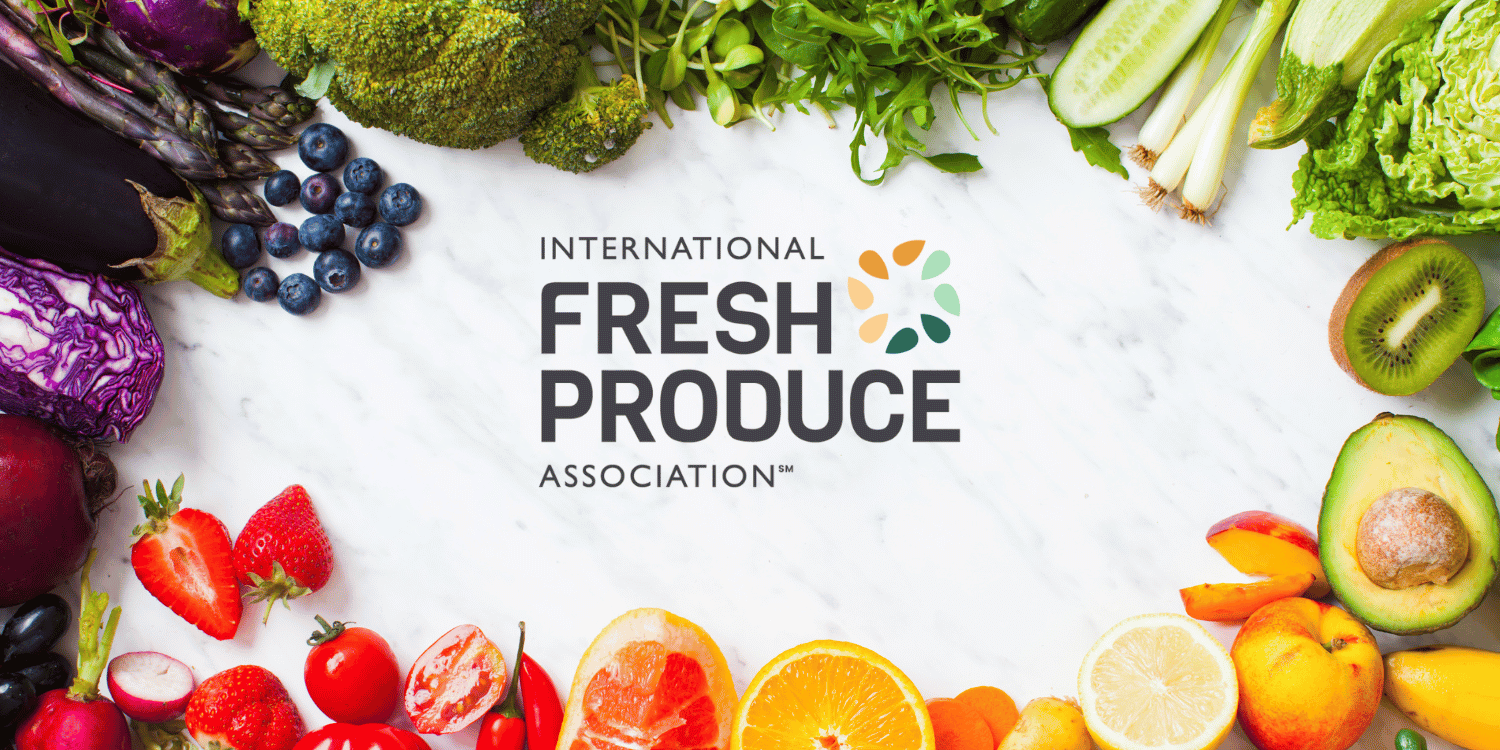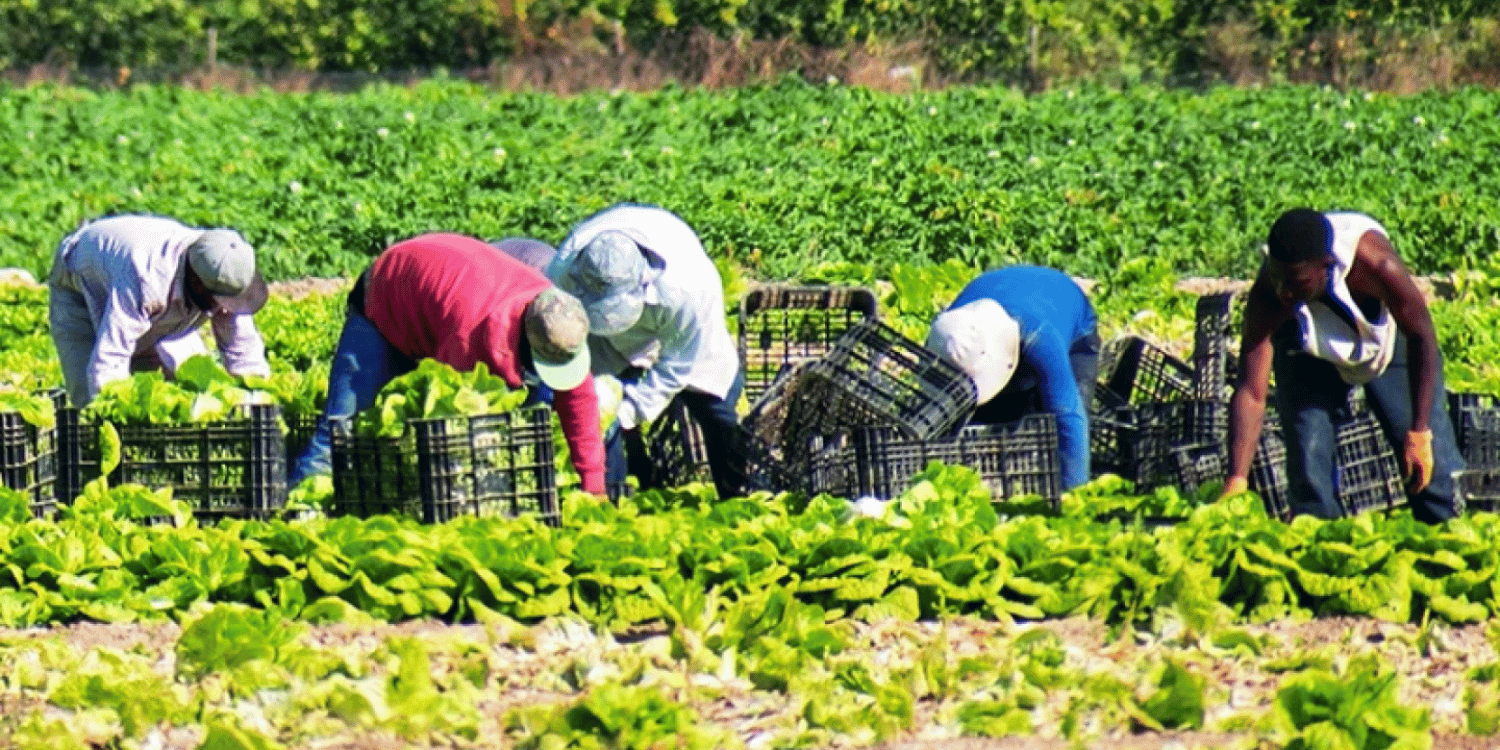The local farming industry’s resilience is key to maintaining food security and safeguarding rural economies. In recent years, it has faced unprecedented challenges, necessitating robust government support. In various regions, legislative bodies have launched initiatives to sustain and promote local farming. This article explores the spectrum of such programs, their impact, and the changes they propose to introduce. Attention will be drawn to the spectrum of policies aimed at nurturing and empowering local farmers. It will provide clarity and deeper insights into the governmental support being extended to small-scale agriculture.
- The Value-Added Producer Grants Program supports local farmers.
- Sustainable Agriculture Research and Education Grants are highlighted.
- USDA Certified Organic Initiative contributes to local agriculture.
- Beginning Farmer and Rancher Development Program is discussed.
- National Farmers Market Promotion Program boosts local markets.
It’s important to note that this detail only scratches the surface of the fascinating world of government initiatives designed to boost local agriculture.
Next, we’re touching on additional important programs that have a profound effect on empowering smaller, local farmers and enhancing our food system nationwide, thus these programs may interest you if you’re eager to understand how government policies impact the agricultural sector.
Also, seeing these programs in action offers invaluable insight into their potential to drive positive change in our food system.
Let me tell you, let’s carry on to understand the depth and breadth of these government initiatives and their intriguing impact on local farming.
Contents
- Government Initiatives Supporting Local Farmers
- 1. Value-Added Producer Grants Program
- 2. Sustainable Agriculture Research and Education Grants
- 3. USDA Certified Organic Initiative
- 4. Beginning Farmer and Rancher Development Program
- 5. National Farmers Market Promotion Program
- 6. Agriculture and Food Research Initiative
- 7. Conservation Stewardship Program
- The Bottom Line
Government Initiatives Supporting Local Farmers
1. Value-Added Producer Grants Program
In Short: The Value-Added Producer Grants (VAPG) program by the USDA offers financial support to local farmers and ranchers to encourage the production and marketing of value-added goods. Funding up to 50% of total project costs, it offers planning grants and working capital grants to aid in business and marketing plan development, feasibility studies, and covering operational expenses, ultimately promoting local economic growth and self-sustainability.
The Value-Added Producer Grants (VAPG) program is a critical initiative from the US Department of Agriculture (USDA).
It aims to support and uplift the economic actions of local farmers and ranchers by providing monetary. assistance for value-added products.
This program is designed to meet a wide range of product-related needs, including planning activities and working capital for marketing value-added agricultural products.
The purpose of the VAPG program is to help agricultural producers enter value-added activities related to the processing and marketing of new products.
In short, the program facilitates the generation of new products, creating and expanding marketing opportunities, and increasing producer income.
These objectives align with the broader aim of boosting economic growth and creation of wealth at the local farmers’ level.
Here are some key components of the Value-Added Producer Grant program.
- Grant Funding: The program provides grant funds for up to 50% of the total project cost.
- Eligibility Criteria: Local farmers, ranchers, and other eligible entities should have an established operation to qualify for funding.
- Categories: The program provides funds under two categories – planning grants and working capital grants.
Each type of grant within the VAPG initiative has its own requirements and conditions, giving potential recipients a broad scope to apply for support in a manner that best aligns with their specific needs and plans.
A good example would be, the planning grants help local producers with tasks such as business and marketing plans development, feasibility studies.
On the other hand, working capital grants offer financial support that assists with the marketing and distribution of the value-added product.
This is a significantly useful provision as it addresses various operational expenses that a producer might encounter in the marketable value-added products.
Thus, by offering such diverse financial support, the VAPG program caters to varying needs of local agricultural producers, helping them in navigating the financial complexities and risks associated with value-added products.
Additionally, the VAPG propels local farmers towards growth and self-sustainability while strengthening the local economy.
Overall, the Value-Added Producer Grants program is a crucial government initiative that plays a substantial role in bolstering local farming and ranching operations while promoting the production of value-added goods.
2. Sustainable Agriculture Research and Education Grants
In Short: The Sustainable Agriculture Research and Education (SARE) Grants aid local farmers in promoting sustainable farming practices through research, education, and financial support. These accessible and competitive grants target a wide range of individuals and organizations within the agricultural sector and offer training programs, seminars, and platforms for experience sharing to boost productivity, profitability, and land conservation.
The Sustainable Agriculture Research and Education (SARE) Grants are a significant portion of government aid channeled towards local farmers.
These grants play a substantial role in promoting and improving sustainable farming methodologies across the country.
This initiative focuses on the utilization of research and education to empower farmers with accurate information on sustainable farming that has been proven to work in their specific geographical and climatic conditions.
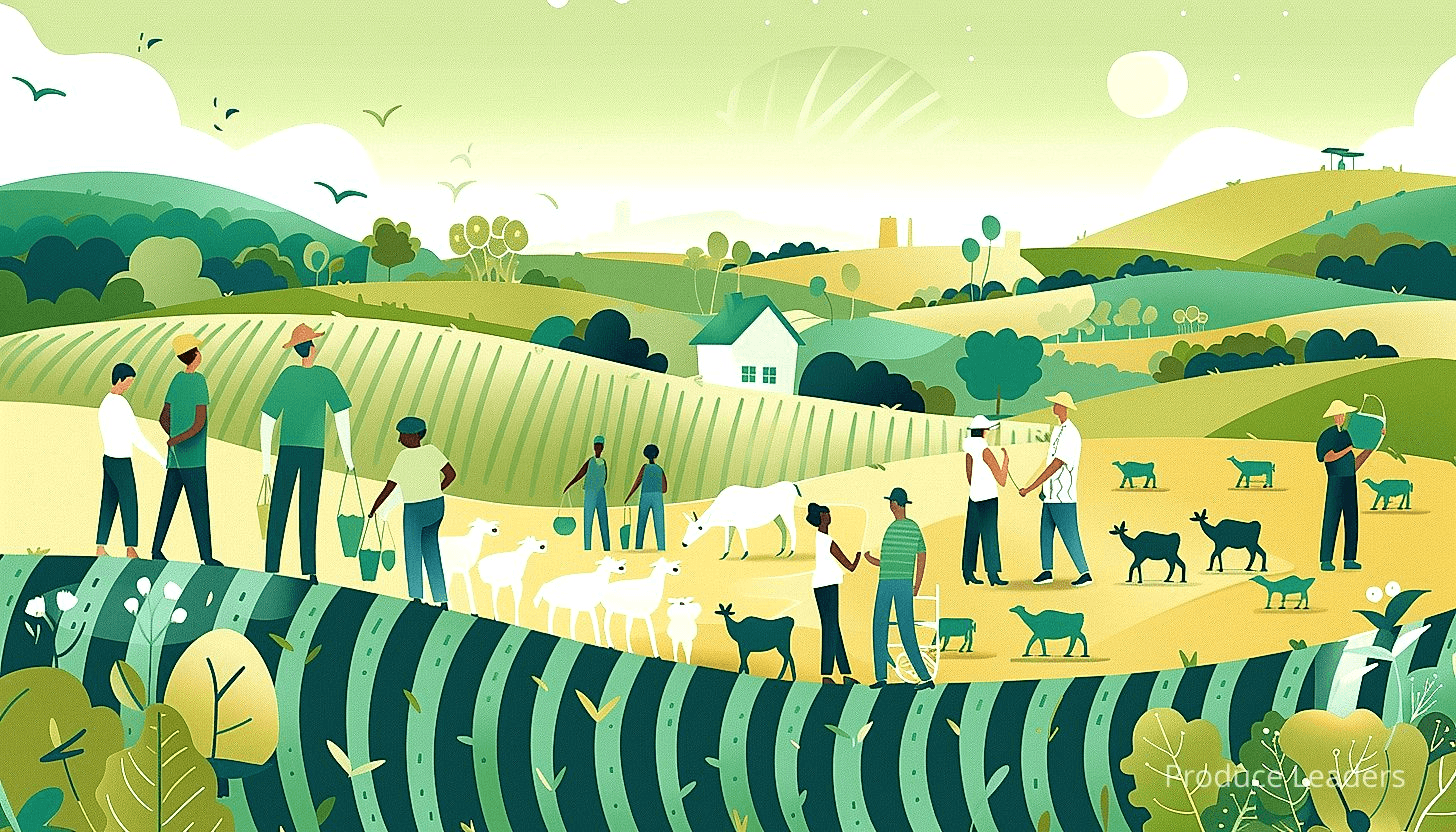
It is of great importance to note that SARE grants target a wide range of individuals and organizations within the agricultural sector.
Prior to discussing the various individuals and organizations that can be eligible for these grants, it’s expedient to list the different categories of the grants offered. These categories are mainly based on the different aspects of sustainable agriculture. Below is a summary of the various grant categories:
- Research and Education Grants: They are offered to researchers and educators in agriculture with the aim of promoting sustainable farming through research and education.
- Producer Grants: These are aimed at farmers and ranchers who are directly involved in agricultural production. It’s designed to encourage and support the adoption of sustainable farming practices.
- Professional Development Grants: These are for agricultural professionals like extension educators, NRCS staff, among others, who work with farmers and ranchers. The goal here is to equip them with knowledge and skills in sustainable agriculture which they’ll transfer to farmers.
While the SARE grants are highly competitive, they operate on a regional basis thereby making it accessible to all local farmers across the country.
The application process, although rigorous, is often simplified through effective use of online resources provided by the government.
This provides an open opportunity for agricultural advancement for local farmers and a much-needed financial support for the often-expensive transition to sustainable agricultural methods.
It is also crucial to recognize that all types of farms are eligible for SARE grants: a massive avenue to support for farmers, irrespective of the scale of their farming operations.
This inclusiveness fosters an overall growth in the agricultural sector and props sustainable agriculture as a viable and profitable practice.
To ensure that farmers gain maximum benefits from these grants, follow-up supports are often provided.
The government provides training programs and seminars to educate farmers on how to best utilize their grants for ultimate productivity.
Pro Tip: The Sustainable Agriculture Research and Education (SARE) Grants play a crucial role in promoting sustainable farming methodologies, offering financial support, education, and training to a wide range of individuals and organizations within the agricultural sector, across all types of farms and geographical conditions.
Moreover, the SARE grants scheme also provides a platform for successful grant recipients to share their experiences and lessons with other farmers.
This enables a wider adoption of sustainable farming practices across local farms, thereby increasing productivity and profitability while ensuring the conservation of our lands and resources.
3. USDA Certified Organic Initiative
In Short: The USDA Certified Organic Initiative supports and enhances U.S. organic farming, establishing strict production standards while offering financial assistance for farmers seeking certification. This program not only promotes sustainable agriculture, but also improves marketability and profitability of farm products by certifying them as organic.
The USDA Certified Organic Initiative is a government effort aimed at promoting, supporting, and enhancing organic farming across the United States.
This initiative represents an invaluable resource for farmers as it provides them with the necessary guidelines and benefits to produce organic crops and livestock in a sustainable and profitable manner.
By participating in this program, farmers can achieve an USDA Certified Organic label for their products, which in turn can significantly increase their market value and business viability.
Not only does this initiative support local farmers, but it also encourages a more sustainable and eco-friendly approach to agriculture, which aligns with global efforts to protect the environment and preserve natural resources.
Given the benefits of this initiative, it is worth exploring the key components and specific advantages that it offers for local farmers.
Here, I’ll present a few core components of the USDA Certified Organic Initiative:
- Strict Production Standards: To obtain the organic certification, farmers must adhere to stringent production standards that encompass various aspects including soil quality, pest control, livestock practices, and the use of additives.
- Annual Inspections: Farms seeking the organic certification are subject to annual on-farm inspections to ensure that they adhere to the specified standards.
- Transparency: All certified organic operations are required to maintain detailed records to demonstrate their compliance with organic standards.
- Financial Assistance: USDA offers financial aid to assist farmers with the costs incurred while getting their organic certification.
These components, therefore, provide a framework for farmers to produce quality organic products while simultaneously assuring consumers about their purchase.
Moreover, the financial aid offered by USDA forms a substantial part of its initiative to support local farmers by reducing their financial burden.
Beyond financial assistance, the USDA Certified Organic Initiative helps farmers gain access to premium markets and creates a level playing field for them.
This is because organic products generally command a price premium over non-organic counterparts, thereby boosting profits for organic farmers.
Additionally, having a USDA organic certification helps build trust and confidence among consumers, thereby improving the overall marketability of the products.
In essence, the USDA Certified Organic Initiative plays a significant role in lending importantity to local farming communities by offering them a plethora of benefits that range from increased income to more sustainable farming practices
Therefore, it’s reasonable to understand why local farmers would be encouraged to participate in such an impactful and advantageous initiative.
4. Beginning Farmer and Rancher Development Program
In Short: The Beginning Farmer and Rancher Development Program (BFRDP) is a crucial USDA initiative offering education, training, mentoring, and financial help to fledgling farmers and ranchers. The goal is to promote a successful, sustainable, and innovative agriculture sector by equipping a new generation of farmers with essential skills and resources.
The Beginning Farmer and Rancher Development Program (BFRDP) is a key government initiative that has been designed to arm new farmers and ranchers with the necessary skills and tools required to make their agricultural businesses prosper.
Implemented by the USDA, this program is driven by the motivation to facilitate the growth of a vibrant agricultural sector.
One of the direct benefits of the program is that it provides education, training, outreach, and mentoring to those who are at the initial stages of their farming or ranching career.

It is noteworthy that BFRDP concentrates on areas such as business concepts, ecological sustainability, and financial management.
The program leads the participants through the essential steps and processes needed for the establishment and growth of a successful business.
This includes areas like real estate acquisition, marketing strategy, and operation expansion.
Let’s take a look at the main components of the BFRDP program.
- Education: The program provides comprehensive training to new farmers in essential areas of agriculture and business management.
- Mentoring: BFRDP connects new farmers with seasoned professionals who offer guidance and share working experiences.
- Outreach: Through several community events and platforms, the program spread awareness about farming best practices and opportunities.
- Financial Assistance: BFRDP provides grants that new farmers can use to grow their businesses and launch innovative projects.
It is imperative for new farmers and ranchers to have a thorough understanding of agricultural and business management principles.
The BFRDP program provides the platform for this learning process.
Furthermore, it also aims at fostering a close-knit community between farmers through its outreach programs where experiences, challenges, and victories can be shared.
The training offered by the program is tailored to suit the unique needs of diverse groups including veterans, immigrants, women, and socially disadvantaged farmers.
Apart from encouraging sustainable practices, BFRDP is also committed to promoting innovation in farming by providing financial support for research and the implementation of technology.
The ultimate goal of the BFRDP program is to foster a new generation of farmers and ranchers who are equipped with the knowledge and resources needed to run successful agricultural businesses.
With the Beginning Farmer and Rancher Development Program in place, it is clear that the government is making a concerted effort to support local farmers and ensure the growth and sustainability of our agricultural sector.
5. National Farmers Market Promotion Program
In Short: The National Farmers Market Promotion Program (NFMP) is a USDA initiative providing farmers with grants to bolster direct-to-consumer sales and promote their products, fostering growth in local economies and encouraging healthier eating. The program facilitates the development of farmers markets and other direct sales avenues, benefiting local communities, preserving farmland, and instilling an interest in sustainable agriculture.
The National Farmers Market Promotion Program (NFMP) is a significant government initiative that supports local farmers in the United States.
Implemented by the US Department of Agriculture (USDA), its primary aim is to assist farmers in enhancing direct producer-to-consumer marketing strategies.
This is accomplished by providing grants that can be utilized for initiatives aiming to establish, expand, and promote farmers’ markets and other producer-to-consumer market opportunities.
With these grants, farmers can diversify their sales outlets, increase their income, and establish stronger community ties.
The NFMP’s importance comes into picture precisely at this juncture. Let’s dig in into some key benefits that make this program stand out:
- Creation of new marketing opportunities: It provides a platform for farmers to reach out to consumers directly, thus enabling them to promote and sell their organic and locally produced food directly.
- Development of the local economy: Supporting farmers’ marketing efforts also translates into the growth and development of the local community, creating a positive economic impact.
- Encouragement of healthy eating: By promoting and marketing fresh, locally-grown produce, this program encourages consumers to adapt to healthier diets, thus benefiting public health in the long run.
The success of the NFMP comes from the use of a relatively simple yet powerful approach.
It ensures local farmers can maximize benefit from their labor while contributing positively to their local communities.
This model of decreasing the gap between farmer and consumer also plays an important role in ensuring the sustainability of the farming industry.
The NFMP’s strong focus on locally grown and organic produce helps farmers who are engaged in sustainable agriculture convince consumers of the value in higher-priced, but healthier and environmentally-friendly, options.
Additionally, by providing farmers the venue and resources to sell their produce directly to consumers, the NFMP helps foster a feeling of connection between farmers and consumers.
This sense of connection often plays a significant role in encouraging consumers to support local farmers and make healthier food choices.
Moreover, the NFMP aligns perfectly with the USDA’s goal of promoting healthy and sustainable food systems at the community level.
This goal is furthered by facilitating the development of farmers markets, road-side stands, community-supported agriculture programs, agri-tourism activities, and other direct producer-to-consumer market opportunities.
Pro Tip: The National Farmers Market Promotion Program (NFMP) is a government initiative that supports local farmers by assisting them in enhancing producer-to-consumer marketing strategies, promoting and marketing fresh, locally-grown produce, and encouraging healthy eating in the United States.
This approach provides beneficial effects that go beyond helping farmers and consumers. It contributes to the preservation of farmland, acts as a source of education for the community about health and nutrition, and sustains the interest of future generations in farming.
All these factors add up to a comprehensive picture of why the National Farmers Market Promotion Program is an integral amidst the government initiatives supporting local farmers.
6. Agriculture and Food Research Initiative
In Short: The Agriculture and Food Research Initiative (AFRI), instituted by the USDA, aims to boost local farmers’ economic prospects and food security through strategic support, funding research, education, and extension activities in food and agricultural sciences. With a focus on problem-solving research and technological advancements, the initiative encourages multi-disciplinary approaches and collaborations, empowering local farmers to effectively manage resources and adopt sustainable practices.
The Agriculture and Food Research Initiative (AFRI) is a key avenue of strategic support for local farmers.
Enacted by the United States Department of Agriculture (USDA), the AFRI aims to increase the economic prospects and food security in both rural and urban areas.
It is a comprehensive effort to promote and fund research, education, and extension activities concerning food and agricultural sciences.

The AFRI addresses potential challenges, issues, and opportunities that are rapidly arising in agriculture and food-related research.
Local farmers can benefit significantly from the focus of AFRI grants on problem-solving research and innovations.
The resources can be used to mitigate risks, manage resources effectively, and remain competitive in an evolving agricultural landscape.
The grant proposals are evaluated on the basis of scientific merit and alignment with the USDA’s strategic goals.
This process ensures that the research funded under the AFRI is of the highest quality and relevance to national, local, and industry needs.
Several sub-programs within AFRI encompass a wide range of agricultural topics, encouraging a diversity of proposals and innovative ideas. Here, I’ll name a few of them:
- Plant Health and Production and Plant Products
- Animal Health and Production and Animal Products
- Food Safety, Nutrition, and Health
- Bioenergy, Natural Resources, and Environment
- Agriculture Systems and Technology
- Agriculture Economics and Rural Communities
These sub-programs are interlinked, leading to a multi-disciplinary approach in addressing issues faced by local farmers.
It is essential to remember that the AFRI is not merely about providing financial assistance.
It also seeks to enhance the knowledge base among local farmers about the latest research findings and technological advancements.
This information enables them to make informed decisions and adopt best practices for optimal sustainable agricultural production.
Moreover, the AFRI encourages partnerships among academia, industry, government, and other organizations to improve the efficacy of research efforts and increase the impact of resulting innovations on local agriculture.
This collaborative approach is unique and helps builds a supportive community to empower local farmers.
Indeed, the AFRI is a testament to the government’s commitment to strengthening local farming communities and ensuring their sustainable growth.
7. Conservation Stewardship Program
In Short: The Conservation Stewardship Program (CSP) is a government initiative operated by the USDA’s Natural Resources Conservation Service that supports local farmers and encourages sustainable farming. The CSP offers financial incentives, recognizes high environmental performance, and promotes long-term agricultural conservation.
The Conservation Stewardship Program (CSP) is an intriguing initiative that portrays a significant commitment from the government towards supporting local farmers.
Operated by the USDA’s Natural Resources Conservation Service (NRCS), the CSP is widely recognized as the largest conservation program in the United States.
It aims to encourage producers and landowners to maintain and improve their current conservation systems, consequently promoting sustainable farming.
The program supports and rewards farmers who demonstrate high levels of environmental performance.
It is critical to understand that the CSP is not just a typical government subsidy, but rather it is a program that places ecological conservation at its core, thereby acknowledging and rewarding the sustainability efforts by farmers.
In order to understand the structure of this program more comprehensively, several key aspects of the CSP can be enumerated:
- Enrollment: The CSP is available to all farmers, regardless of size or type of operation. This results in a broad base of applicant diversity.
- Assessment process: The NRCS undertakes a comprehensive assessment of the farmer’s operation to gauge their existing conservation activities.
- Incentives: The CSP proudly provides significant financial incentives to farmers who demonstrate impressive levels of conservation efforts.
- Enhancements: The program encourages farmers to adopt additional conservation activities, commonly referred to as enhancements.
It is a remarkable characteristic of the CSP that the financial incentives provided under this program increase based on the number and complexity of conservation practices implemented by the farmer.
This approach not only motivates farmers to participate in the program but also to strive to carry out advanced conservation practices on their land.
Through CSP, the government also makes an effort to ensure that these conservation approaches are not just a ‘one-time’ activity, but continue for a longer duration, thereby promoting the health of the land in the long term.
Local farmers, in particular, view the CSP as a significant support as it not only provides them with financial aids, but it also aids in creating more sustainable farms, thus increasing the productivity and profitability of their operations.
Pro Tip: As a farmer, consider participating in the Conservation Stewardship Program (CSP) to improve your environmental performance and receive financial incentives for implementing advanced conservation practices.
The Conservation Stewardship Program stands as a testament to the government’s commitment to aid local farmers in achieving agricultural sustainability and in living up to its environmental responsibilities.
Thus, the CSP forms a crucial part of the suite of government initiatives aimed at supporting local farmers and promoting agricultural conservation.
The Bottom Line
The range and effectiveness of government initiatives intended to support local farmers is testament to the increasing recognition of their important role in our society. These schemes not only stimulate economic growth but provide farmers the much-needed support to produce sustainable and nutritious food. Farmers can also leverage these initiatives to optimize their farming techniques, enhance productivity, and maintain the health of our lands. It is crucial to continue these support systems and foster a collaborative environment where farmers and the government can work towards enhancing our food systems. Clearly, these government initiatives are a significant stride towards boosting the resilience and sustainability of local agriculture.

